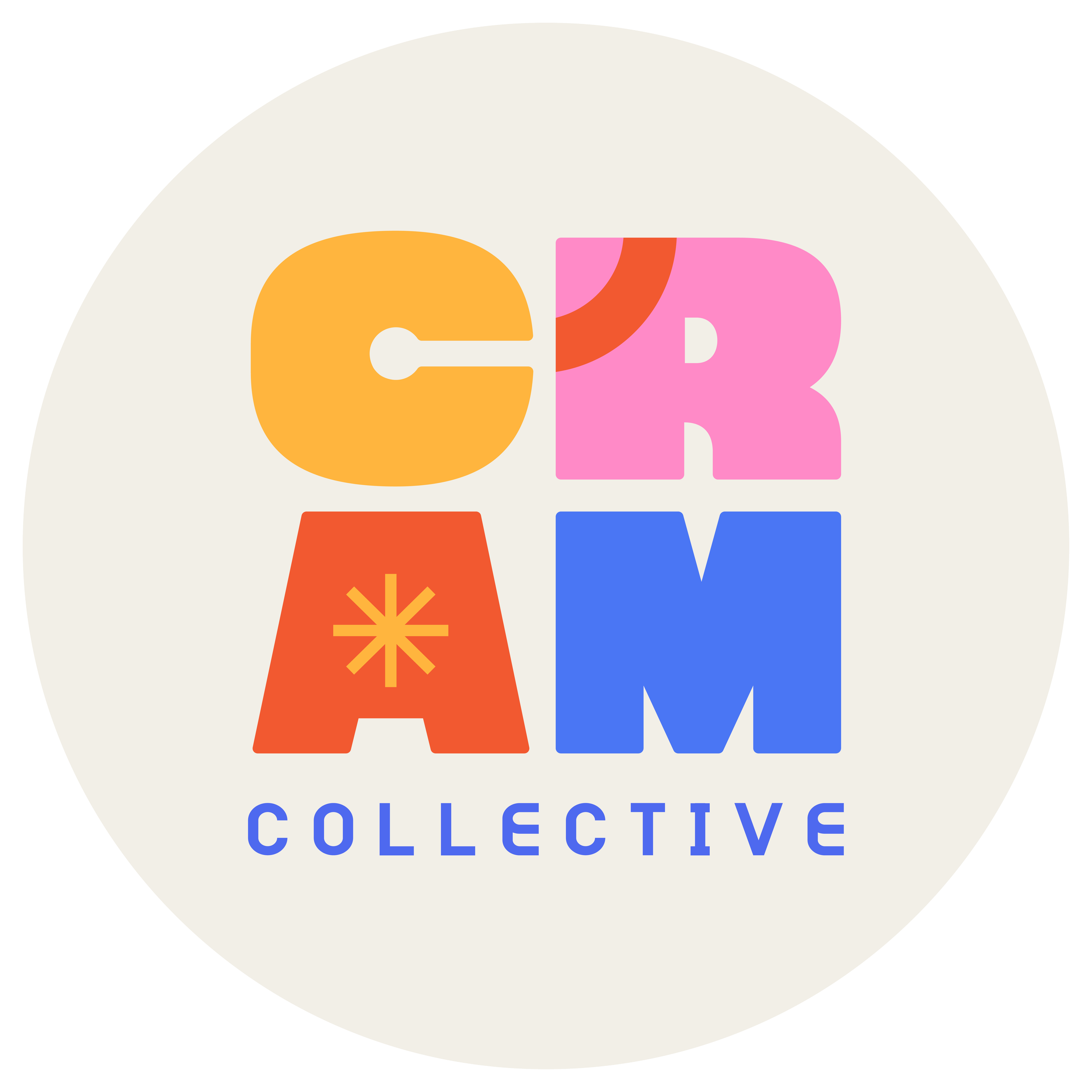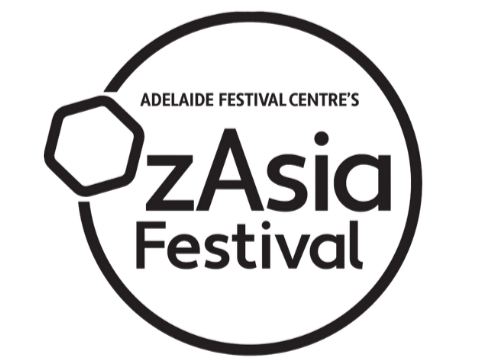Melissa Pullinger is an Australian/ English theatre and film actor and is a 2020 Honours graduate of Flinders University Drama Centre. Growing up in England, Melissa appeared in the Andrew Lloyd Webber production of The Sound of Music (2008) at the London Palladium, where she played Brigitta Von Trapp for six months. Upon emigrating to Adelaide, Melissa performed in Border Project’s Disappearance (2008) and then Windmill Theatre and the Adelaide Symphony Orchestra’s Granpa (2008).
Along with specialising in devising and physical theatre, Melissa is a co-founder of independent theatre collective, The CRAM Collective.Since graduating, Melissa has toured with Perform! Education in their Book Week Tour, Bigger, Better, Brighter! (2021) and Story Quest (2022). Since co-founding CRAM, Melissa has produced and starred in the sold-out world premieres of New World Coming, Something Big, The Future is You and EDGE. In 2022, Melissa travelled to England after being selected to train at Frantic Assembly’s International Summer School.
Melissa began working as a puppeteer for Slingsby’s collaboration with A Blanck Canvas, for Illuminate Adelaide. She then joined the USA & Canada tour of Bluey’s Big Play puppeteering both Bluey and Bingo and touring through 2023 & 2024. She then joined the UK & Northern Ireland tour of Bluey’s Big Play, puppeteering Bingo. In April, Melissa toured across New Zealand with Bluey’s Big Play, puppeteering Bluey.
Connor Reidy is a South Australian director and theatre maker. He graduated with first class Honours in Directing at the Flinders University Drama Centre. His directing credits include pool (no water), BC, Control, Iphigenia in Orem, The Seagull, and Lungs (Flinders DC).
In 2021, Connor co-founded The CRAM Collective, a South Australian independent theatre company. His credits for CRAM include NEW WORLD COMING, Anna Barnes’ Something Big and THE FUTURE IS YOU. CRAM is the proud recipient of the 2022 Helpmann Academy Creative Innovator seed funding.
Connor’s professional assistant directing credits include Circle Mirror Transformation (Sydney Theatre Company), Lines and The Bleeding Tree (Theatre Republic), Oleanna (Flying Penguin Productions), and The Normal Heart and Hibernation (STCSA). Connor recently directed Emily Steel’s The Worst (Theatre Republic) AND Proud (Famous Last Words).
Ren Williams is an Australian film & theatre actor, having trained with Honours at the Flinders University Drama Centre. Also specialising in directing and writing, Ren is a co-founder of independent theatre company CRAM Collective. After graduating in 2020, Ren has performed in theatre shows such as Kinetik Collective's STCSA StateSide show Kill Climate Deniers (Dir. Clara Solly-Slade), the North American Tour of Bluey’s Big Play as Bluey (Dir. Rosemary Myers), the one-woman show at DreamBIG Guthrak (Dir. Matthew Briggs), Hits at the AFC (Dir. Rebecca Meston), CRAM Collective's world premiere Something Big (Dir. Connor Reidy) and Slingsby Theatre Company’s trilogy A Concise Compendium of Wonder (Dir. Andy Packer) premiering in the 2026 Adelaide Festival. With a screen-acting diploma from Actors Studio UK at the prestigious Pinewood Studios, Ren has appeared in a number of short films such as The Hitcher which premiered at the 2024 Adelaide Film Festival (Dir. Henry Reimer-Meaney, With Love, Lottie premiering at the 2025 Sydney Film Festival (Dir. Lily Drummond), and ABC’s Beep & Mort Season 2 as an additional puppeteer. Ren’s latest directorial short This is Fine. won Best Directing and Best Film at the 2024 Adelaide 48HFP, sending it to the Filmapalooza Seattle wining 3rd Best Film; where it will now go to the 2025 Cannes Film Festival Short Film Corner
Connor Pullinger graduated Flinders Drama Centre with a First Class Honours degree in Acting.
Key roles include the AACTA award winning SBS mini-series The Hunting as OLIVER. In 2024 he starred in SAPOL’s Stop Flirting With Death TVC State-Wide campaign. Connor led BULLDOG, which was officially selected at 5 Film Festivals across Australia. Connor plays the titular role in The Hitcher, which premiered at AFF2024. Connor has seven shorts and one indie feature awaiting release/festivals this year.
These projects collaborated with Closer Productions, Heesom Casting, Proetic Productions, Stepney Studios & Showpony Advertising.
Extending beyond screens, Connor starred in The CRAM Collective’s sold out 5-Star theatre production FAG/STAG, as well as the encore season - continuing the critical and commercial success. In 2024 he led Deus Ex Femina’s 5-Star award-winning Fringe show Dirty Energy and WHORE for Flinders University.
This year he was chosen to be an actor for the BAFTA and Golden Globe nominated Sophie Hyde in her LAUNCH LAB Directors Workshop.



























